The Apple TV+ comedy-drama Palm Royale draws inspiration from the 2018 novel Mr. & Mrs. American Pie. Yet, the show diverges significantly from its literary counterpart, introducing key alterations. Notably, it distinguishes itself from the American Pie film franchise by adopting a new title, shifting from Mrs. American Pie to Palm Royale.
The change in the show’s title to Palm Royale signals a shift from the movie’s comedic roots. Moreover, Kristen Wiig’s portrayal of Max Simmons offers a fresh take compared to the character’s depiction in the book.
Centered around Max’s efforts to blend into the high society of Palm Beach, Florida, the narrative provides a novel perspective. Palm Royale presents distinct themes and storylines from Mr. & Mrs. American Pie, crafting a distinctive viewing experience.
Here are five ways in which Palm Royale diverges from the original book.
1. Maxine’s Background and Hometown
The series Palm Royale significantly deviates from its book counterpart by relocating Maxine’s hometown from the affluent San Bernadino in California to the more modest Chattanooga in Tennessee.
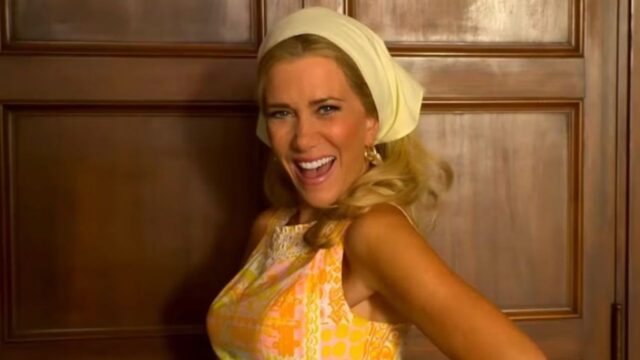
This shift not only adds complexity to Maxine’s character but also portrays her as a Southern woman whose ascent into the elite circles of Palm Beach is fraught with contrasts and obstacles. The move highlights Maxine’s status as an outsider and underscores the societal divisions within the Palm Royale Country Club.
The transition to Chattanooga serves a dual purpose: it’s a geographical move and a narrative device to accentuate the class and racial struggles Maxine confronts in her quest to penetrate the club’s privileged enclave.
2. Maxine’s Personal Life
In Palm Royale, Maxine’s narrative diverges sharply from the original book. Her marital dynamics and personal drive are notably different. While the book depicts Maxine fabricating a marriage and family to enter a pageant, the series portrays her as remaining in a marriage with Douglas yet feeling isolated within the Palm Beach Country Club’s exclusive environment.
Rather than fabricating her life story, she strategically navigates the social hierarchy alone, leveraging the affluence of Douglas’ family to blend in with the upper echelons.
This narrative shift from deception to self-reliant social maneuvering highlights Maxine’s resilience and ambition in carving out her place among Palm Beach’s social elite. Additionally, the series offers a prequel-like exploration of Maxine’s backstory, enriching the context for her subsequent actions.
3. The Setting of the Story
Palm Royale sets its scene in the 1960s Palm Beach, Florida, a setting that diverges from the book’s narrative. Unlike the book where Maxine is a Palm Beach resident, the series introduces her to the opulent realm of Palm Royale, a fictional country club frequented by the era’s affluent women.
This backdrop not only plunges the audience into the dazzling epoch but also paves the way for Maxine’s odyssey of self-discovery and adaptation amidst fierce social rivalry.
The vibrant portrayal of Palm Beach breathes fresh vitality into the tale, providing a picturesque canvas for viewers to witness Maxine navigate the complexities of her newfound societal interactions and personal bonds.
4. Robert’s Transformation
In Palm Royale, Robert’s character undergoes a transformation that is quite distinct from his portrayal in Mr. & Mrs. American Pie. Both incarnations are pivotal to Maxine’s story, yet they differ greatly in their roles and interactions.
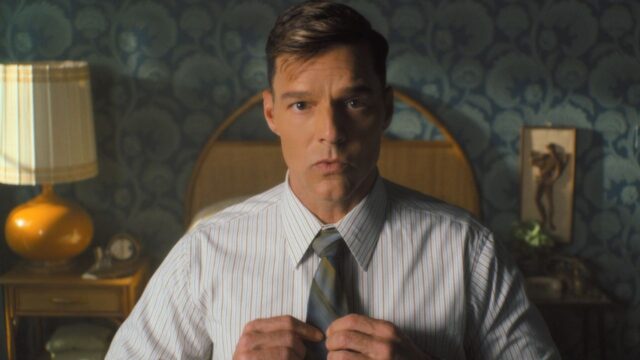
In the show, Robert Hogarth is introduced early as a significant presence in Maxine’s world, their lives interwoven within the Palm Beach setting. Working as the devoted bartender at The Palm Royale, he develops a meaningful relationship with Douglas’ family, especially Norma, presenting a level of intimacy not found in the book. This creative deviation adds depth to the characters, allowing for a richer examination of their relationships and inner lives.
The re-envisioned character of Robert in Palm Royale injects a renewed vigor into the plot, providing audiences with an alternative angle on Maxine’s path to self-realization and connection.
5. Norma’s Character
The transformation of Norma from a peripheral figure in Mr. & Mrs. American Pie to a central, vibrant force in Palm Royale is quite remarkable. Initially just a supporting character, Norma emerges as a venerable matriarch within the Palm Beach elite in the series, her participation curtailed by health issues.
Portrayed by the iconic Carol Burnett, Norma is infused with vitality and complexity, offering audiences an intimate look at her layered history and authentic self. Elevating Norma to a principal role enriches the narrative, delving into the intricacies of high society and the resilience of its members amidst adversity.
6. About Palm Royale
Palm Royale is a ten-part period comedy-drama television miniseries created by Abe Sylvia, based on the 2018 novel Mr. & Mrs. American Pie by Juliet McDaniel. The series premiered on March 20, 2024, with the first three episodes.
Set in 1969, outsider Max Simmons (Kristen Wiig) strives to attain a place in Palm Beach high society through the town’s most exclusive resort club, in the process learning what she will and won’t do to achieve this
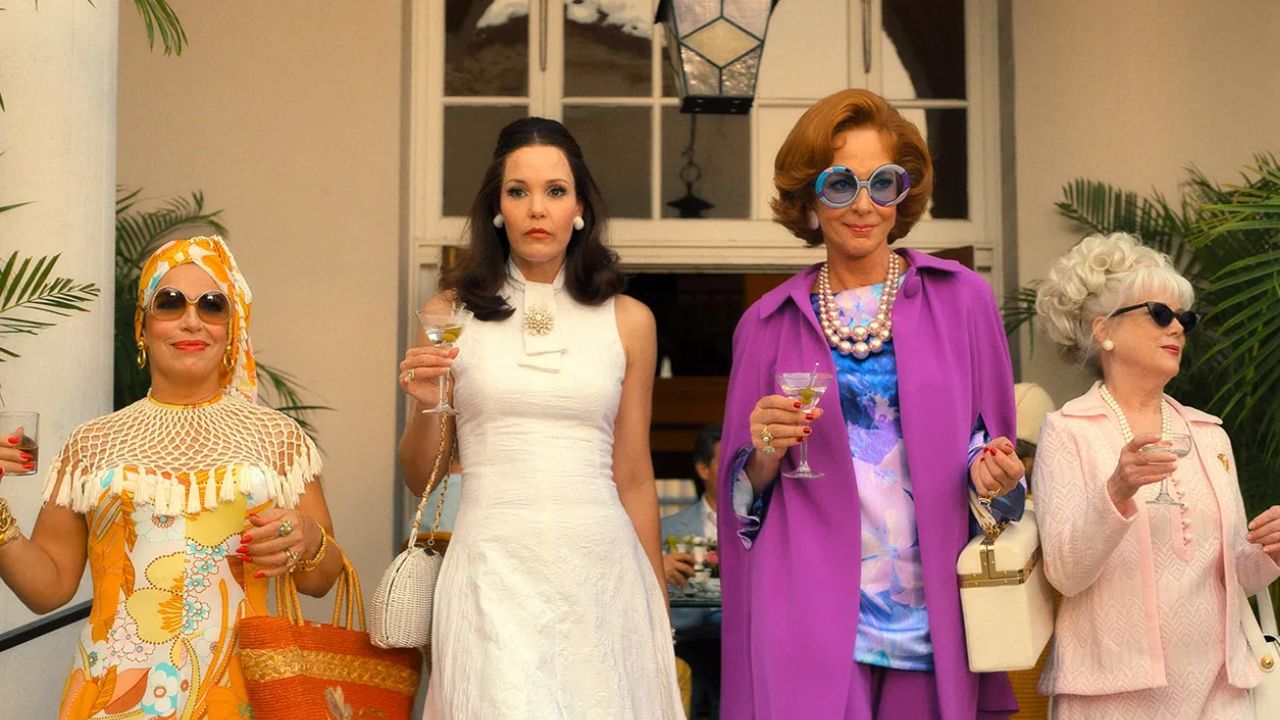

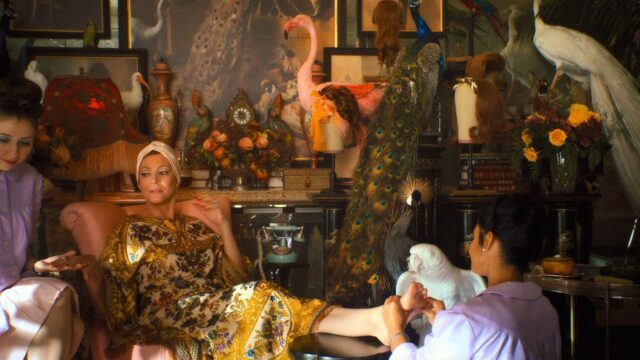


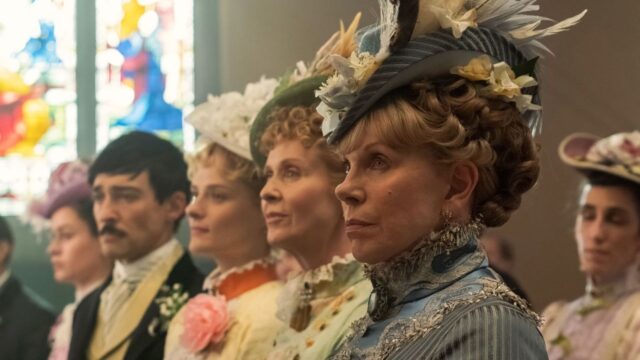
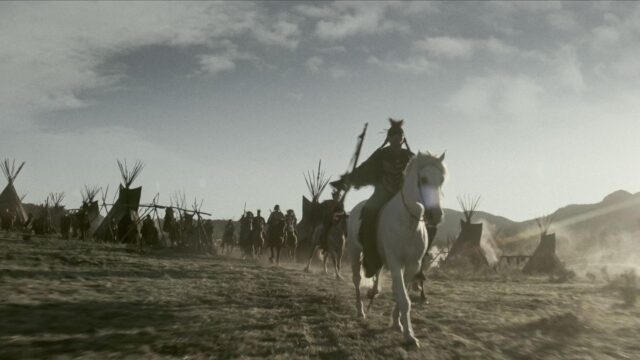

No Comments on Top 5 Differences Between Palm Royale and its Original Source Material